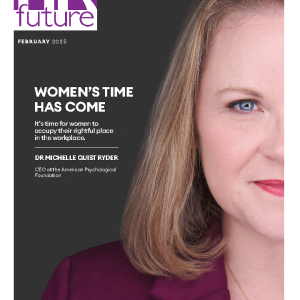Fashion has always been an expression of individuality and personality. In the workplace, it transitions to more than just expression; it reflects a company’s culture, branding, and professional standards. Hence, Human Resource (HR) departments often find themselves playing the role of fashion police, managing what employees can or cannot wear in the office.
Navigating the complex world of office fashion and dress codes can be a balancing act for HR professionals, as it influences both the organization’s image and employee satisfaction. Now imagine walking into a meeting and finding an employee flaunting their vibrant stripey bikini. A shocker, right? Although this is an extreme example, it underlines the essence of having a clear and reasonable dress code in place. A well-enforced dress code can help preclude such awkward situations, without stifling individuality or causing discomfort among the employees.
Understanding the Need for a Dress Code
Having a dress code is no mere vanity. It sets the tone for corporate culture, enhances brand presence, maintains a sense of decorum and professionalism, and ensures comfort and safety at work. Moreover, it guarantees that everyone is on a level playing field, mitigating issues related to inequality or inappropriate attire.
Encouraging a Balance between Professionalism and Individuality
HR must walk a tightrope to maintain this balance. A dress code should never be so strict that it suppresses individual expression or makes employees feel uneasy. On the other hand, a lax dress code may hinder the company’s image or lead to discomfort among employees due to inappropriate attire. An equitable dress code ensures the workforce exudes professionalism while expressing individual style.
Creating a Clear and Fair Dress Code Policy
Clarity is crucial when establishing a dress code policy. The policy should clearly outline what is acceptable and what is not. However, it should refrain from being prescriptive and allow some flexibility. Use broad categories, like ‘business formal’, ‘business casual’, or ‘casual’, and provide examples of what is appropriate under each. Employees appreciate when HR is specific about the expectations without restricting their personal style.
Implementing and Enforcing the Dress Code
Establishing a policy is only half the battle; enforcing it is the other half. HR should consistently apply the dress code policy across the organization, avoiding preferential treatment. It may be helpful to have a step-by-step procedure to address violations, ensuring fairness and objectivity.
Training Managers on Dress Code Policy
Managers are crucial in enforcing dress code policies. However, training them to approach violations delicately will prevent the situation from escalating into a conflict or affecting employee morale negatively.
Reviewing and Revising the Dress Code
Finally, every policy should be dynamic and adaptive to changes in society, industry norms, and employee feedback. HR should regularly revisit its dress code policy, making necessary modifications to suit the evolving workplace environment.
In conclusion, managing office fashion and dress codes is a strategic HR function that requires a balanced and thoughtful approach. A well-formulated dress code enhances an organization’s professional image, promotes a positive work environment, and respects the diversity, culture, and comfort of its employees. So, save the stripey bikinis for beach parties and celebrate the elegance of appropriateness in the workplace.
Guest writer


























